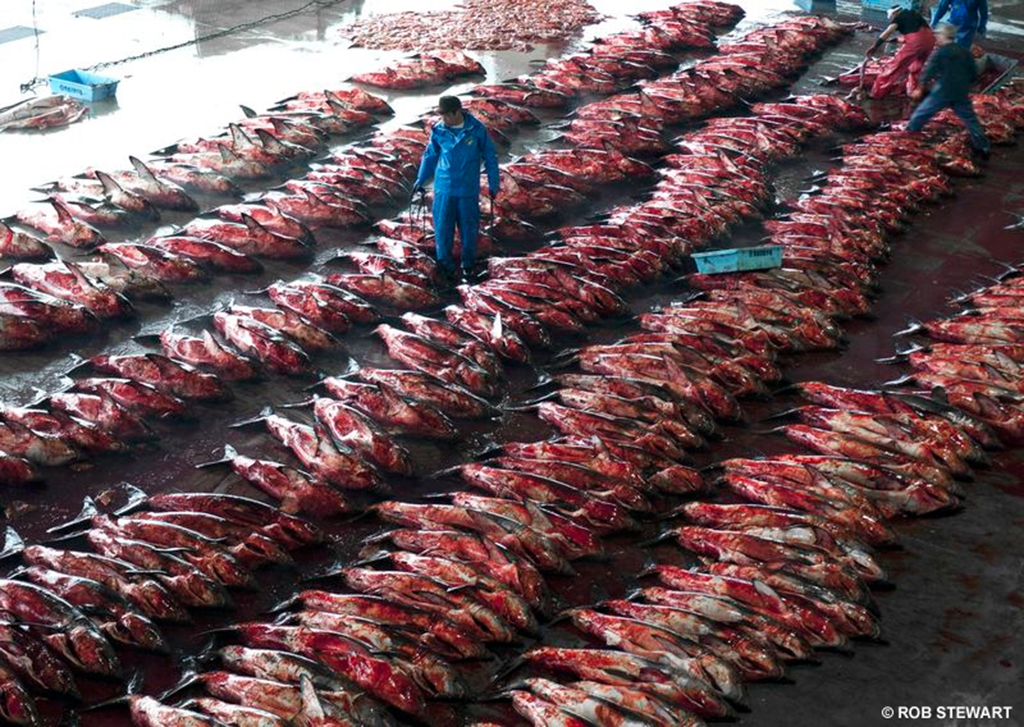
A common assumption is that our ancient homo sapient ancestors survived solely off red meats and fruit, with maybe some bird meat every once in a while. However in reality, most of the meat we consumed came from bodies of water! Researchers are now finding out that fish was an important source of protein that was available year round and contributed to a significant portion of our diet. This has carried into the 21st century where around 10-12% of the world’s population depends on fish as a source of nutrients, and over 50% consume seafood as some portion of their diet. Needless to say fish is an important factor in our lifestyles and offers a wide variety of shapes, colors, and flavors to choose from.
The best ways to cook a fish!
https://www.webstaurantstore.com/article/282/how-to-cook-fish.html
Fish is an excellent source of oils and fats that are actually good for you! Many scientists may make claims like, “Never eat oil, never eat fatty acids, never eat sodium”, when in reality these forms of nutrients are crucial to our survival. The fats and oils in fish are different from those found in a candy bar and can help your heart function better, eyesight improve, and lifespan to increase.
Fishing is such an important cog in our dietary world, and as a result is a very popular form of meat. Across the globe, countries use large nets to physically scoop as many fish out of the water as humanely possible. Our ancestors fish in sustainable practices on smaller scales such as traditional pole fishing and spear fishing which allowed time for the fish populations to replenish. However during the advent of the industrial revolution, fishing practices have been enhanced and it seems we have flew too close to the sun. Large nets, electroshock methods, and by-trawling have dramatically decreased fish populations and led to a seafood crisis.
Click the link to learn about by-trawling. A horrible thing for fish populations but an interesting form of human innovation.
These forms of fishing may end up being the achilles’ heel of our oceans. These methods are so efficient that populations don’t have enough time to recover and reproduce. In some areas, over 75% of fish populations were either killed or fished out of the water. What this implies is that while for now we may have plenty of fish to consume, this will not be the case forever. Fishing is a very environmentally friendly form of protein and without it, we’d be force to create more pig, chicken, and beef farms. Not only are these forms of meat more unhealthy when consumed frequently, long-term but also produce way more carbon and methane which can help global warming.
Instead of blindly fishing the oceans clean of fish, we should establish more regulations on how much a country can fish and through which methods. Forms of fishing like individual pole fishing, and sustainable troll fishing can help the issue.
View the rest of the list here. https://mindseteco.co/sustainable-fishing-methods/

Fishing is a touchy issue because without these unsustainable forms of aquaculture we would struggle to feed large portions of our population. However relying on these methods will be destructive to our future diet and planet. We need to work together now to fix the issue before the threat becomes imminent.








